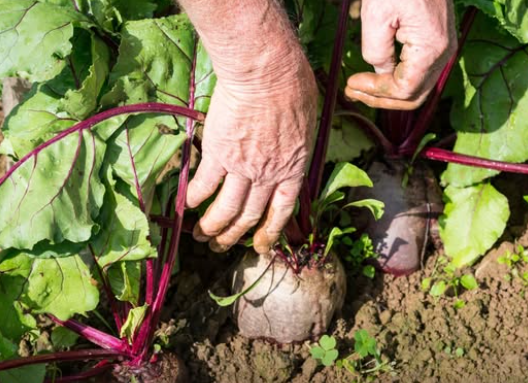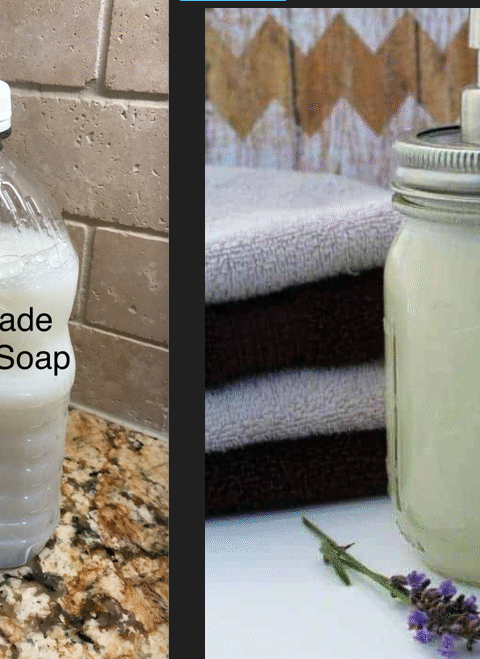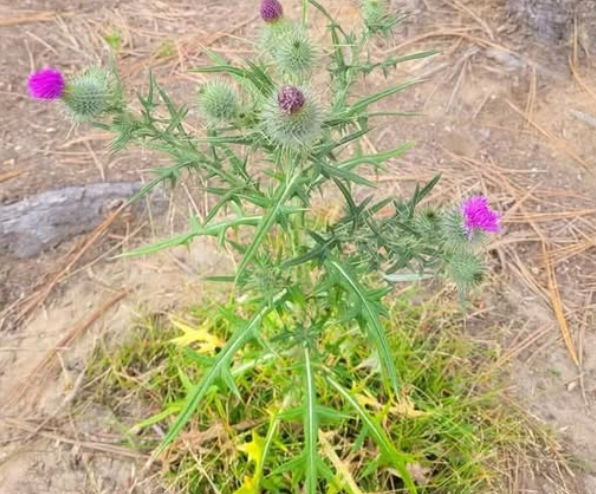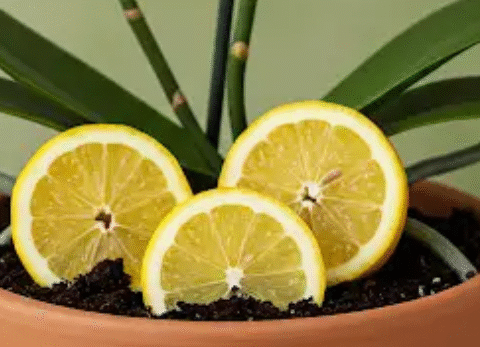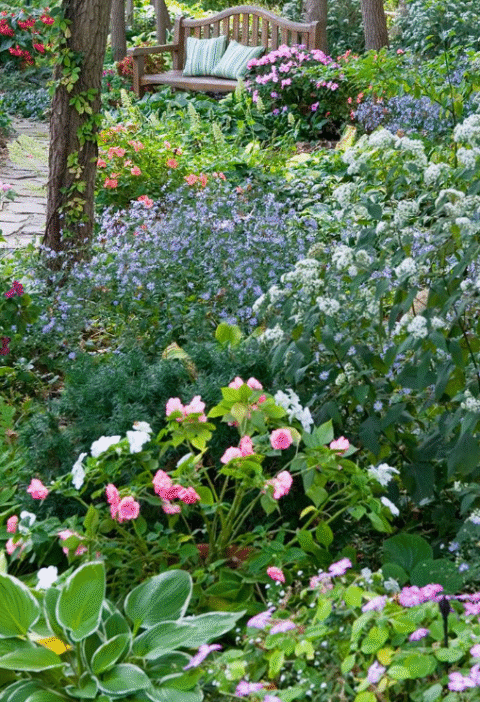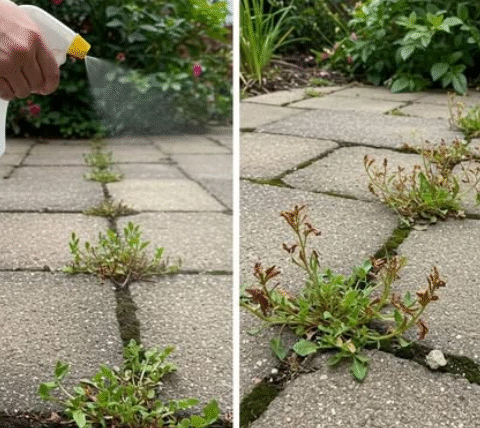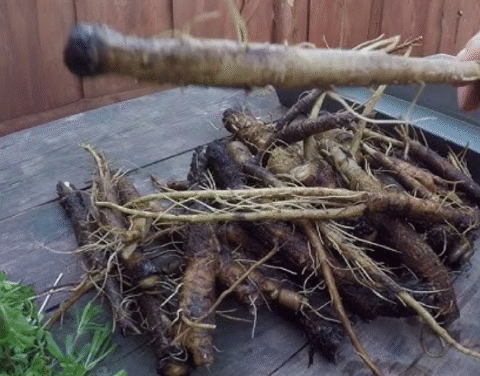Late‑Summer Vegetable Planting: Why August Is the Ideal Time for a Fall Harvest
Think August is too late to start planting vegetables? Think again! Late summer offers a second chance to grow an abundant crop—if you know which vegetables to choose and how to plant them effectively. With cooler temperatures on the horizon and soil still warm from summer, many fast‑maturing and cold‑tolerant crops thrive when planted in August.
Why August Is Perfect for Fall Crops 🌱
August planting may seem late, but there are many advantages:
- Warm Soil: Seeds germinate faster in sun‑warmed ground.
- Fewer Pests: Many pests like aphids and cabbage worms decline by late summer.
- Cooler Growth Period: Leafy greens and root crops prefer the cooler weather of fall.
- Longer Harvests: With frost protection, many crops continue into late fall or early winter.
Focus on quick‑growing vegetables, cool‑season crops, and varieties labeled for “fall” or “overwintering.”
Top Vegetables to Plant in August
1. Lettuce (Lactuca sativa)
Lettuce thrives in cooler temperatures and matures quickly—some varieties in as little as 30 days.
Best Varieties: Buttercrunch, Romaine (‘Parris Island Cos’), Leaf lettuces like ‘Red Sails’ or ‘Salad Bowl’
Growing Tips: Plant in partial shade to reduce heat stress, use row covers for early frost protection, and sow every 2 weeks for continuous harvest 🥬.
2. Radishes (Raphanus sativus)
Radishes are ultra‑fast, ready in as little as 21 days—perfect fillers or interplanted companions.
Best Varieties: Cherry Belle, French Breakfast, Daikon (longer season but excellent in fall)
Growing Tips: Direct‑sow in well‑loosened soil, water consistently for mild flavor, and harvest promptly to avoid woody roots.
3. Spinach (Spinacia oleracea)
Spinach loves cool weather and tastes sweeter after a light frost.
Best Varieties: Bloomsdale, Space, Tyee (cold‑tolerant hybrid)
Tips: Sow every 10–14 days for succession, mulch to retain moisture, and cover with row cloth in colder zones.
4. Kale (Brassica oleracea var. acephala)
Kale is cold‑hardy and often survives into winter with minimal protection—and flavor improves post‑frost.
Best Varieties: Dwarf Siberian, Lacinato (Dinosaur Kale), Red Russian
Tips: Start indoors in hot climates, then transplant, harvest outer leaves to keep plants productive.
5. Carrots (Daucus carota)
Fall carrots are often sweeter than spring crops—but choose short‑season types.
Best Varieties: Napoli, Mokum, Scarlet Nantes
Tips: Sow in rock‑free, loose soil, thin seedlings, and water deeply to prevent splitting.
6. Beets (Beta vulgaris)
Dual-purpose: harvest greens and roots. Fall-sown beets are tender and flavorful.
Best Varieties: Detroit Dark Red, Chioggia, Golden Beet
Tips: Soak seeds before sowing for better germination, thin to 3–4″ spacing, harvest young or wait for full-size roots.
7. Bush Beans (Phaseolus vulgaris)
In warm zones, bush beans still yield if planted in early August.
Best Varieties: Provider, Contender, Tendergreen
Tips: Sow in full sun, harvest frequently to encourage pods, protect from early frost.
8. Turnips (Brassica rapa)
Underrated but fast-growing, turnips offer roots and tasty greens.
Best Varieties: Purple Top White Globe, Hakurei, Tokyo Cross
Tips: Sow thickly then thin early, keep soil moist, harvest before hard frost.
9. Arugula (Eruca vesicaria)
Matures in 25–30 days—one of the fastest fall greens.
Best Varieties: Astro, Roquette, Dragon’s Tongue
Tips: Direct-sow every 2–3 weeks, avoid planting in extreme heat, harvest baby leaves or let mature for stronger flavor.
10. Swiss Chard (Beta vulgaris subsp. cicla)
Colorful, nutrient-rich, and tolerant of both heat and frost.
Best Varieties: Bright Lights, Fordhook Giant, Ruby Red
Tips: Space plants 6–12″ apart, cut outer leaves regularly, may overwinter in mild climates.
11. Bok Choy (Brassica rapa subsp. chinensis)
Fast-growing Asian green, ideal for August planting and prefers cooler temps.
Best Varieties: Joi Choi, Mei Qing Choi, Shanghai Green
Tips: Sow in partial shade if it’s still hot, harvest young in 30 days or fully in 45–50, keep soil moist.
12. Mustard Greens (Brassica juncea)
Fast-growing, gritty greens with spicy bite that mellows as temperatures cool.
Best Varieties: Southern Giant Curled, Mizuna, Red Giant
Tips: Sow thick for baby greens or thin for full plants; use frost protection to extend harvest.
13. Kohlrabi (Brassica oleracea var. gongylodes)
Crisp, juicy bulb above ground—tolerates light frost well.
Best Varieties: Early White Vienna, Purple Vienna, Kossak
Tips: Direct-sow or transplant, harvest when bulbs are 2–3″ wide, keep moisture consistent.
14. Broccoli Raab (Brassica rapa subsp. ruvo)
Not true broccoli—but grows rapidly with leafy greens and flowering shoots.
Best Varieties: Spring Raab, Sessantina Grossa, Zamboni
Tips: Sow directly or transplant, harvest side shoots continuously.
15. Cabbage (Brassica oleracea var. capitata)
Longer-season crop—but early-maturing or dwarf varieties do well when planted in August.
Best Varieties: Golden Acre, Copenhagen Market, Fast Vantage
Tips: Start seeds indoors, transplant after 3–4 weeks, cover from cabbage worms, harvest before hard freeze or mulch heavily.
🌿 Tips for a Successful Fall Harvest
Know Your Frost Dates
Check your local first frost date and choose crops that will mature at least two weeks before that—unless you’re using frost protection like row covers, cold frames, or tunnels.
Use Row Covers
Floating row covers shield crops from pests and frost. Lightweight versions suit August heat; heavier ones extend your season into deep fall.
Build Fertile Soil
Enrich tired beds with compost or organic matter—fall vegetables thrive in nutrient-rich, well-draining soil.
Water Consistently
Late summer can be dry—keep soil moist, especially for germination and shallow-rooted crops. Mulch helps maintain moisture and cools soil.
Succession Planting
Stagger plantings every 10–14 days with fast-growing crops to keep your harvest coming right up to frost.
🌟 Expert Insights
Dr. Leila Nour, horticultural specialist: “August is underutilized in home gardens. The combination of warm soil and fading pest pressure is ideal for fast greens and roots.”
Prof. Mark Benson, plant science expert: “Fall‑maturing crops like spinach and kale actually improve in flavor after cooler nights set in. You’ll get better taste and texture than in spring plantings.”
🍅 Nutrition & Health Benefits: At a Glance
| Vegetable | Time to Harvest | Nutritional Highlights | Common Uses |
|---|---|---|---|
| Lettuce | ~30 days | Vitamins A & K, fiber | Salads, wraps |
| Radishes | 21–30 days | Vitamin C, antioxidants | Snacks, slaws |
| Spinach | 30–45 days | Iron, folate, vitamin K | Salads, sautés |
| Kale | 40–60 days | Vitamin C, calcium, phytonutrients | Smoothies, chips |
| Carrots | 60–70 days | Beta‑carotene, fiber | Roasting, salads |
🔍 FAQs
- Is August really late to plant vegetables?
Not if you choose fast‑maturing, cool‑season crops—many can be harvested before first frost. - How do I know my first frost date?
Check local gardening resources or online frost‑date calculators for your zone. - Should I start seeds indoors or sow directly?
Most fall crops (lettuce, radish, spinach) work well sown directly—transplants help crops like cabbage and kale. - Do I need row covers?
They’re highly recommended for frost protection and can also reduce pest damage. - How often should I water these late summer plantings?
Keep the soil evenly moist—mulch helps retain moisture and cool the soil. - Can I succession‑sow every week?
Every 10–14 days is ideal; too-rapid sowings can overcrowd seedlings. - Which crops improve in flavor after frost?
Spinach, kale, mustard greens, and kale often taste sweeter or milder after cool nights. - How do I enrich tired soil late summer?
Add compost or organic matter 1–2 weeks before planting and lightly fork it in. - What if the soil is too hot or dry in August?
You can shade seeds lightly and mulch deeply to retain moisture and keep soil cool. - Can I overwinter any of these crops?
Yes—cold-tolerant varieties like kale, spinach, and chard can survive with light protection into mild winters.
👩🍳 Related Fall Recipes
Please visit our recipe partner site for delicious, fall-inspired dishes using these garden vegetables.
August is not the end of gardening season—it’s a golden opportunity. By planting the right fast-maturing and cool-season vegetables now, you’ll enjoy a flavorful harvest well into fall (and maybe even early winter). With warm soil, fewer pests, and less competition, late-summer planting could become your favorite strategy!
